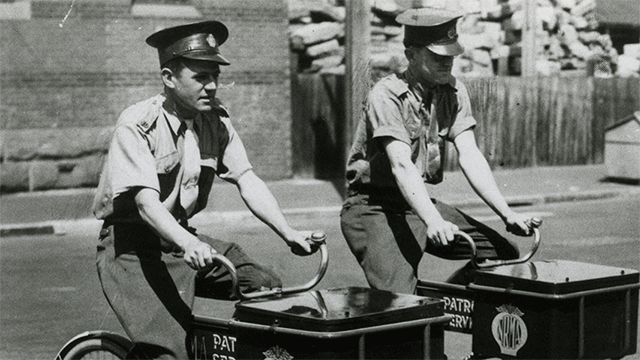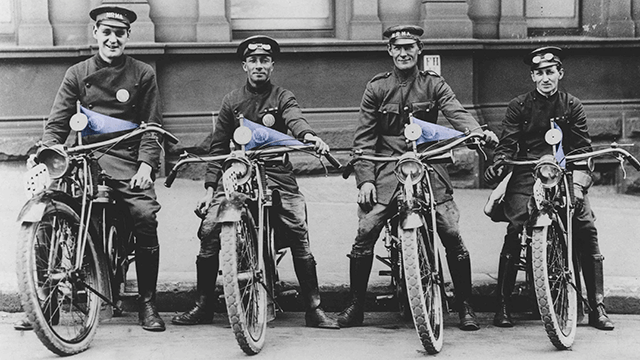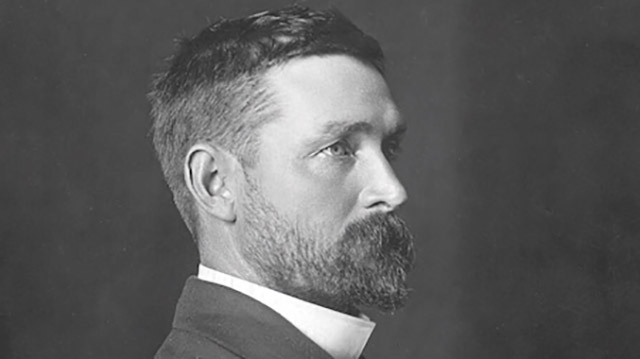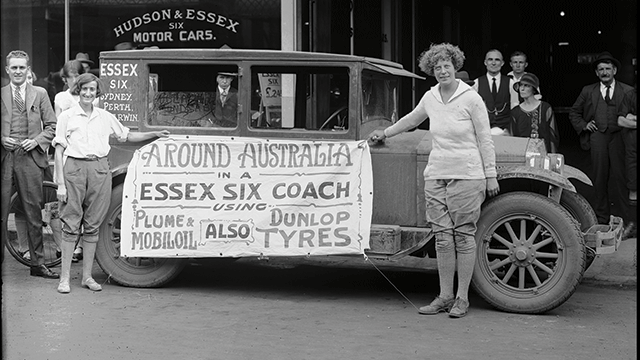Honouring our founding values

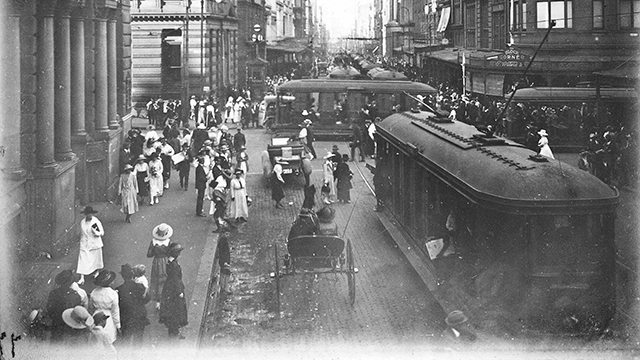
In 1920, transport in Australia was about to change forever. Automobiles were on the rise, but the horse and cart was still the predominant means of travel.
Roads were simply not fit for cars – most of them were just dirt tracks. Our waterways, on the other hand, had four times as many ferries as they do today and were often a much better transport option.
A group of concerned citizens gathered in early 1920 to discuss what they could do to influence the government to fix the roads and help embrace the automobile. The early founders of our mutual had the foresight to see a new era of transport on the horizon, but I doubt even they could have predicted just how quickly change would come. In just 10 years, cars became the most common form of transport in NSW.
The more I learn about our early founders – and our first President J. C. Watson, in particular – the more I’m struck by their courage, leadership and vision. A former Australian Prime Minister, J. C. Watson was a true nation builder and his vision and philosophy are just as relevant today.
From day one, the NRMA fought passionately to help build safe and accessible roads for all. Our early patrols (originally known as guides) wore uniforms similar to the Light Horse Brigade and rode motorbikes on roads that were often impassable by car. They gave motorists peace of mind and quickly won their trust because they were always there to help.
Safety has always been a priority. When the child mortality rate of our roads reached a crisis in 1929, the NRMA started to implement a school road safety program, which continues to prove successful today.
With better roads, Australians started to discover the freedom of the open road. J. C. Watson wrote in the Open Road about this new trend, discussing the economic benefits of motoring touring for regional Australia and small towns. During the 1930s, the NRMA established a string of motor camps, enabling members to enjoy affordable family holidays, and were the precursor to our present day holiday parks.
As WWII approached, the NRMA established a transport auxiliary to prepare Australia for an invasion. A women’s transport auxiliary was also set up to train women as mechanics and drivers, so they could keep the country moving while so many men were off at war.
Under J. C. Watson’s leadership, the NRMA started to explore the possibility of electric cars and in 1941 published our first electric vehicle road test. The article stated that electric cars were gaining in popularity, largely because of petrol rationing fears during the war. Almost 80 years later, the NRMA continues to lead the way in helping people understand more about electric vehicles and prepare for an electric future.
Today we’re custodians of a truly remarkable legacy and have so much to learn from our past. It’s impossible to predict what we’ll look like in another 100 years, but I know some things will never change.
We’ll always be there in a time of crisis, helping every day with those little moments that matter. We’ll help guide Australia through the next era of transport and always speak out and strive for positive change around the issues that matter. We’ll continue to help regional communities become more sustainable through tourism while inspiring you to experience the freedom of the open road – just as we always have.
Our strategy today is not really that different to J. C. Watson’s vision a century ago. I’m hopeful we’ll push forward with the same values, courage and ambition as our early founders. We’ll always be there to keep you moving, and play our small part to keep this incredible country moving forward.

